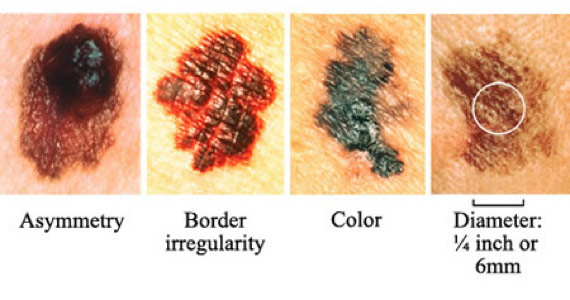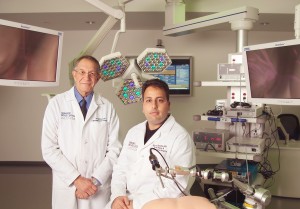- Folded Ear in Newborns: Treatment Options - April 11, 2018
- Newborn Ear Deformity: What Can Be Done? - April 11, 2018
- Ear Molding: An Overview - November 2, 2017
- Otoplasty for Protruding Ears - September 26, 2017
- Basal Cell Carcinoma: Facial Reconstruction Timing - September 26, 2017
- Clinical Considerations of Mohs Reconstruction of Cheek Defect - September 26, 2017
- Basal Cell Carcinoma: Nasal Bridge Reconstruction - September 26, 2017
- Skin Cancers Involving the Eyebrow: Clinical Considerations - October 3, 2016
- Treatment of Multiple Skin Cancer Lesions - June 1, 2016
- Skin Cancer: Nasal Reconstruction and Scar Management - June 1, 2016
 Skin cancer remains a real danger, despite aggressive campaigns aimed at increasing awareness and education. Actor and former soccer player Vinnie Jones has told British newspapers that he has had several skin tumors removed from his face and back. Jones mentioned that his disease was diagnosed after he first noticed an irregular blemish near his eye. The former soccer player is attributing his cancer to sun exposure during his years as a soccer player.
Skin cancer remains a real danger, despite aggressive campaigns aimed at increasing awareness and education. Actor and former soccer player Vinnie Jones has told British newspapers that he has had several skin tumors removed from his face and back. Jones mentioned that his disease was diagnosed after he first noticed an irregular blemish near his eye. The former soccer player is attributing his cancer to sun exposure during his years as a soccer player.
Melanoma is the least common but most serious type of skin cancer. It may be fatal and is aggressive, with a tendency to spread to local as well as distant sites if not treated early.
What is Melanoma?
Melanoma is a cancer of normal skin cells called melanocytes. Melanocytes are responsible for producing the normal skin pigment, melanin. It is known that excessive UV radiation exposure from the sun or tanning beds can cause melanocytes to mutate and become cancerous. These cells then grow uncontrollably and invade surrounding and distant tissues.
What are the risk factors?
The risk factors for melanoma include:
- Increased or chronic UV radiation exposure from the sun or tanning bed use
- Family history of skin cancer
- Genetic predisposition (Genetic mutations)
- Xeroderma Pigmentosum (Rare skin condition)
How do I know if I have Melanoma?
Melanoma can originate from an existing or new skin mole. In its early stages, melanoma can look similar to normal skin moles but has several distinct characteristics. The mnemonic “ABCDE” is helpful in remembering the characteristics of early melanoma lesions:
- Asymmetry
- Borders – irregular
- Color – Patches of different colors
- Diameter – grater than a pencil eraser (>6mm)
- Evolution over time (the lesion changes)

There are various types and sub-classifications of melanoma. Some may not necessarily follow the criteria above. A biopsy of the suspected lesion, by a qualified skin specialist, is usually required for definitive diagnosis. A skin specialist can determine if your skin lesions are cancerous and the appropriate treatment for your individual case.
How can I prevent Melanoma?
- Decrease sun exposure, especially during midday
- Use sunscreen with an SPF 30 rating or above during sun exposure
- Reapply sunscreen throughout the day
- If you must be outside during times of heavy sun exposure, wear protective clothing and hats
- Do no use tanning beds
- Get regular skin checkups, especially if you have a history of skin cancer or other risk factors
How is melanoma treated?
Melanoma treatment is highly dependent on the site, severity, and progression of the lesion. A qualified skin specialist can determine what treatment and course of action is appropriate for your specific case. Some traditional procedures include, surgical excision, chemotherapy, radiotherapy, Mohs surgery, and immunotherapy.
In all cases of suspected skin cancer, it is advisable that evaluation by a skin specialist be sought in a timely manner. The skin specialists of the Osborne Head and Neck Institute (OHNI) are double board certified in otolaryngology (ENT) and plastic and reconstructive surgery. This unique combination of specialties allows these physicians to address the functional as well as cosmetic issues that commonly arise during skin cancer evaluation and treatment. In addition, if necessary adjunct procedures are also available from several internationally acclaimed OHNI surgeons.
To learn more about skin cancer evaluation and treatment, please contact the Osborne Head and Neck Institute.



